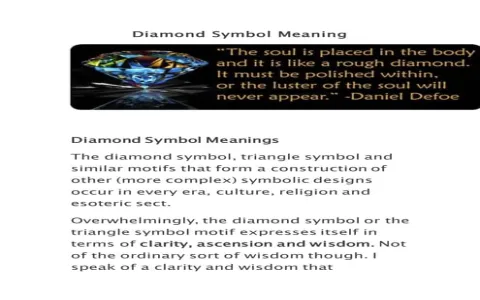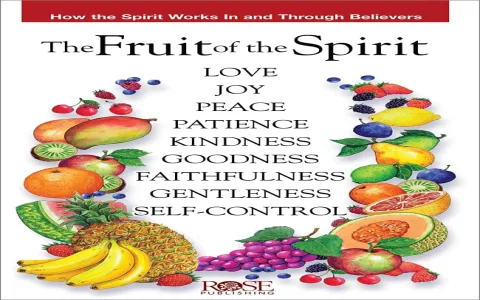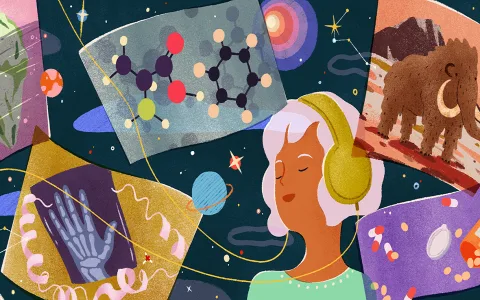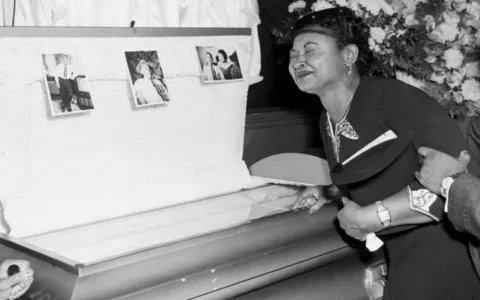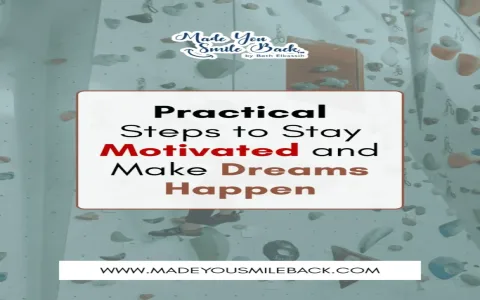Man, I spent the better part of two years just waking up totally lost. Like my brain had just run a marathon while I was asleep, but I couldn’t remember where the finish line was. I was trying to interpret my dreams but it felt like chasing smoke. I knew there was a connection between the crazy stuff I saw while sleeping and the clarity or creative ideas I needed while awake, but I just couldn’t grab it. I was analyzing my sleep data—the deep sleep, the light sleep, the whole nine yards—but the dreams themselves were just confusing noise.
I finally decided to stop just ‘hoping’ for clarity and actually build a repeatable process. I grabbed an old-school notebook—none of that blinding phone light mess—and a clunky voice recorder. My initial process was simple: wake up, record the dream fragments, glance at my sleep tracker data, and try to mash the two together to make sense of things. Simple, right? Wrong. I hit four massive walls almost immediately.
The Four Traps I Stumbled Into (And How I Climbed Out)
The first few months were a dumpster fire of bad data. I’d wake up, think, “Oh, I’ll write that down after coffee,” and then BAM, the entire plot was gone. Or I’d remember a flying pig and spend an hour Googling “flying pig dream meaning,” totally missing the actual emotional punch of the dream.
This struggle is what forced me to understand the link between the dream state and my conscious imagination. If you don’t engage your imagination the moment you wake up, you lose the bridge. That realization led me to identify these major traps I had to eliminate:
- Trap 1: Waiting More Than 60 Seconds to Record. I had to train myself to capture the dream right now, no matter how tired or confused I was. I instituted a zero-delay rule. I didn’t write prose; I just yelled keywords and feelings into the recorder immediately upon my eyes opening.
- Trap 2: Ignoring the Emotional Resonance for the Literal Symbol. This was a huge energy sink. I realized the symbols (the flying pig, the sinking boat) didn’t matter as much as the feeling I had when I saw them—the anxiety, the wonder, the sadness. I started describing the texture of the dream, not just the plot points.
- Trap 3: Trying to Force “Correct” Interpretation. Early on, I was trying to assign a specific, fixed meaning to everything. This shut down my imagination instantly. The dream’s job isn’t to give you an answer; it’s to give you material. I allowed the dream data to be messy, just focusing on the mood.
- Trap 4: Analyzing the Sleep Cycle Data Before the Dream Data. I was getting distracted by the sleep graphs first. “Oh, I was in REM for 90 minutes, that must mean X.” Nope. The dream is the primary source. I flipped the process around. I recorded the dream, then looked at the sleep cycle just to understand when the dream happened, using the cycle data as context, not causation.
Connecting the Dream Fragments to Waking Imagination
Once I slapped down these four traps, the actual practice of linking dreams and imagination became smooth. The practice centers around something I call ‘Imaginative Completion.’
I’d start the recording process with the immediate wake-up dump (keywords and feeling). Then, about an hour later, I’d sit down with my notes and re-enter the dream space consciously. This is where the magic happens.
For example, if the dream ended abruptly with me standing in a strange blue room feeling enormous confusion, I wouldn’t just write “Blue room, confused.” Instead, I’d use my waking imagination to consciously continue the scene. I forced myself to sit there and visualize: If I took one step forward in that blue room right now, what would I see? How would the floor feel? What sound would I hear?
I practiced this extension work religiously. It wasn’t about finding the ‘true meaning’ of the dream; it was about acknowledging the emotional problem the dream presented and letting my conscious mind use imagination to explore potential solutions or routes of understanding.
I realized that when I avoided literally interpreting the symbols (Trap 2) and just focused on the energy of the dream, my imagination could complete the narrative loop. It’s like the dream gives you the first half of a puzzle, and your imagination is the tool you need to draw the second half.
The result? I stopped being confused by the sleep cycles and started using them as benchmarks. I began noticing direct parallels between the anxiety I felt in the dream and the problem I was avoiding during my workday. By consciously filling in the gaps with my imagination right after the recording, I integrated the subconscious message far faster than I ever could by just reading some dream dictionary.
This whole system of immediate capture, emotional focus, and imaginative completion didn’t just help me understand my sleep; it unlocked a new channel of creative thinking during the day. If you’re stuck just looking at your sleep app numbers and feeling disconnected from your dreams, you’re missing the link—the link is your own active, engaged imagination.

